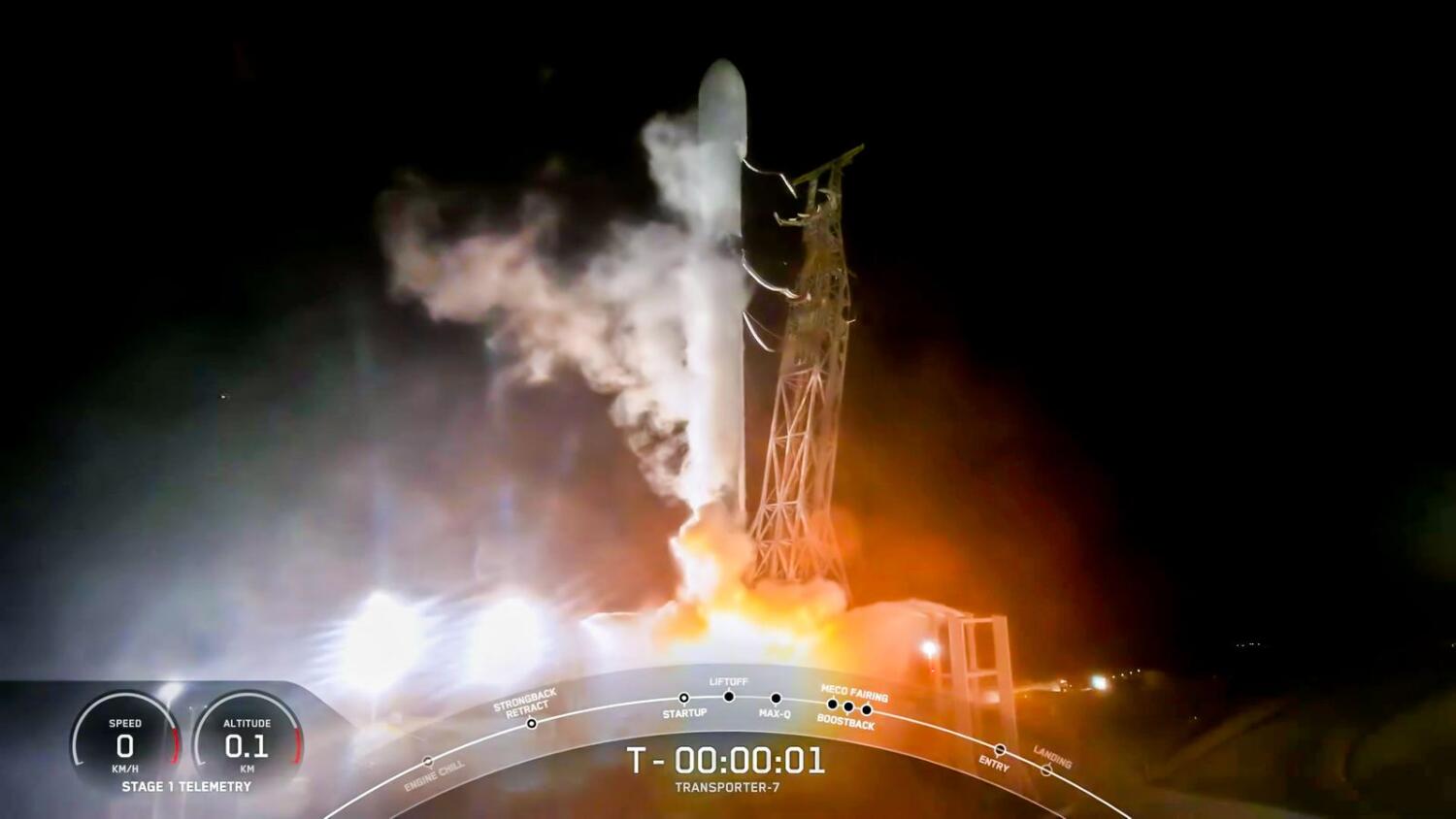Combined use of satellites to improve the performance of power generation and water desalination plants
The Dubai Electricity and Water Authority (Dewa) successfully launched its second nanosatellite, Dewa SAT-2, on Saturday aboard SpaceX Falcon 9 rocket that was launched from Vandenberg Space Force Base in California, USA.
The nanosatellite, designed and developed by Emiratis at Dewa’s Research and Development Centre, in collaboration with NanoAvionics in Lithuania, will be used “to improve the operations, maintenance and planning of electricity and water networks.
Dewa SAT-, a 6U nanosatellite (measuring 20cm × 10cm × 34.05cm), features a high-resolution camera (4.7 metres) that will be used for Earth observation missions. The high-resolution camera provides continuous line-scan imaging in seven spectral bands from an approximately 500km orbit.
The new satellite also has infrared equipment to measure greenhouse gases.
Dewa managing director and CEO Saeed Mohammed Al Tayer sai: “Dewa’s Space-D programme, which was launched by His Highness Sheikh Mohammed bin Rashid Al Maktoum, Vice-President and Prime Minister of the UAE and Ruler of Dubai, in January 2021, aims to improve the operations, maintenance and planning of Dewa’s networks through nanosatellites and remote sensing technologies.”
“The programme also seeks to train Emiratis specialised in the use of space technologies in electricity and water networks. Launching Dewa Sat-2, our second nanosatellite confirms that we are moving steadily towards leadership in utilising space technologies to enhance the efficiency of Dewa’s operations… This approach is expected to reduce costs and improve the investment of Dewa’s assets,” he added.
High-imaging accuracy
Waleed bin Salman, executive vice president of Business Development and Excellence at Dewa, noted the high imaging accuracy of Dewa Sat-2 will enable Dewa to improve the operational performance of power generation and water desalination plants. The combined use of Dewa Sat-2 and Dewa Sat-1 will enable Dewa to improve the operational performance of power generation and water desalination plants by providing accurate estimates of seawater temperature, seawater salinity, detection of red-tide, as well as fog monitoring and forecasting.”



